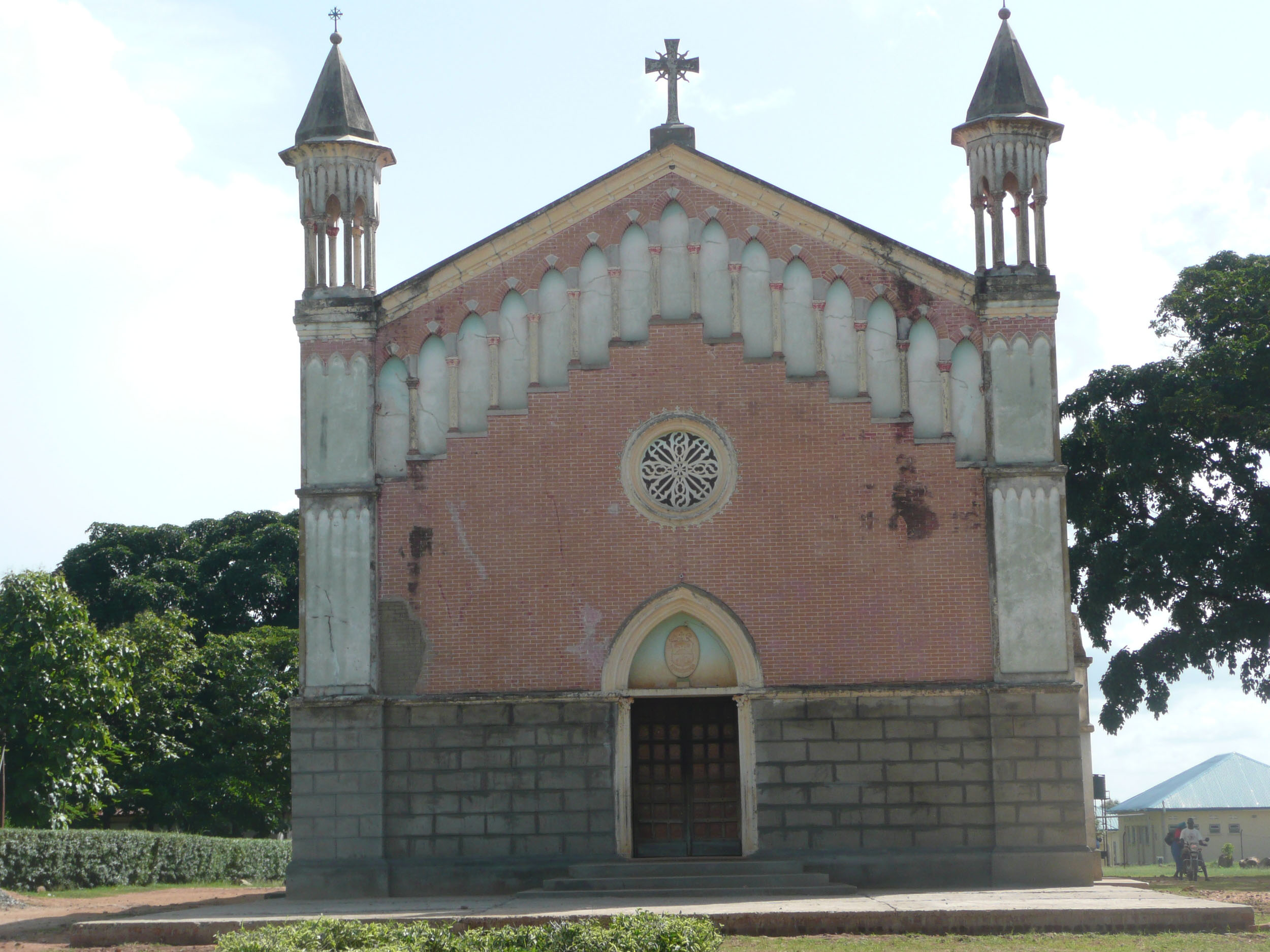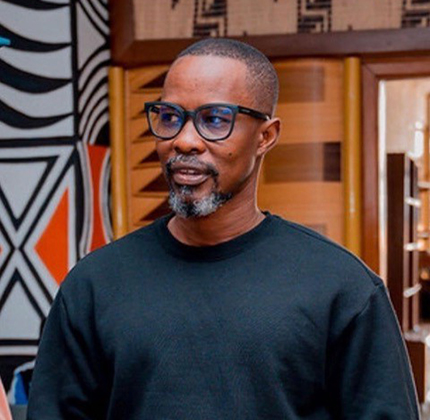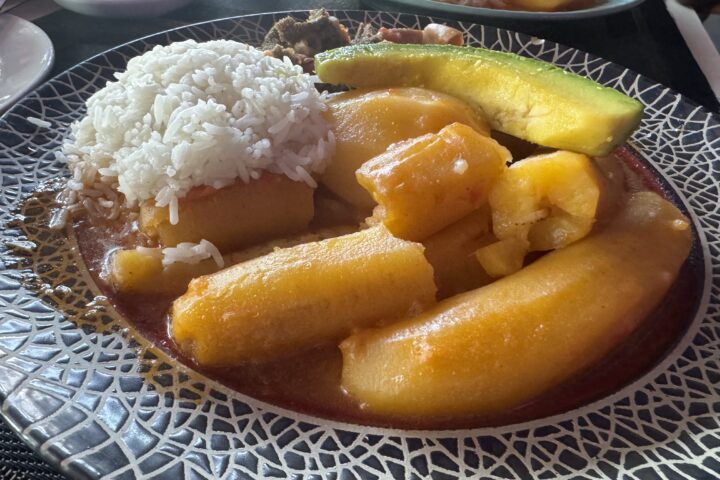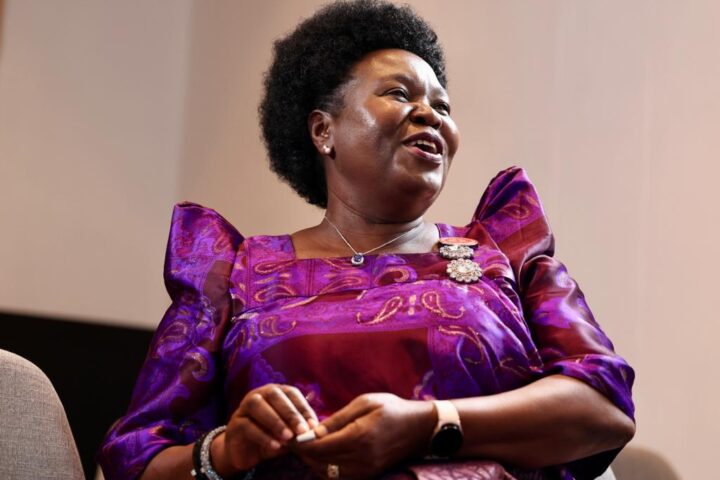Hunting parties in parts of Northern Uganda are rare to come by. The last traps I was shown were by a tour guide during a game drive in Murchison Falls National Park. As for me the last hunting party I saw may have been in 1987 while on a visit to Yumbe District. Groups of young men carrying traditional nets, bows, spears and axes were crossing the road. It generally means that another group had moved ahead. Given the number of firearms in these parts and the martial history of the tribes it was interesting to witness. But then even today smart phones in these villages stand in stark contrast to the hand hoe, which is still used for cultivating the land. The nets, which are woven with sisal and other rope, are meant to “ambush” the animals. After they have been set, a smaller group of hunters moves through the bushes causing a ruckus, burning some bush and blowing horns.
The “war sounds” send the duikers and Kobs and other animals into the nets and waiting spears of the hunters. In the earlier days the return of the hunting park was an exciting time. Young boys are taught to skin dead animals and dry them. Normally the leaders of the pack make sure that every home has some meat even households with widows or the unfortunate old man whose sons have all died or left the village.
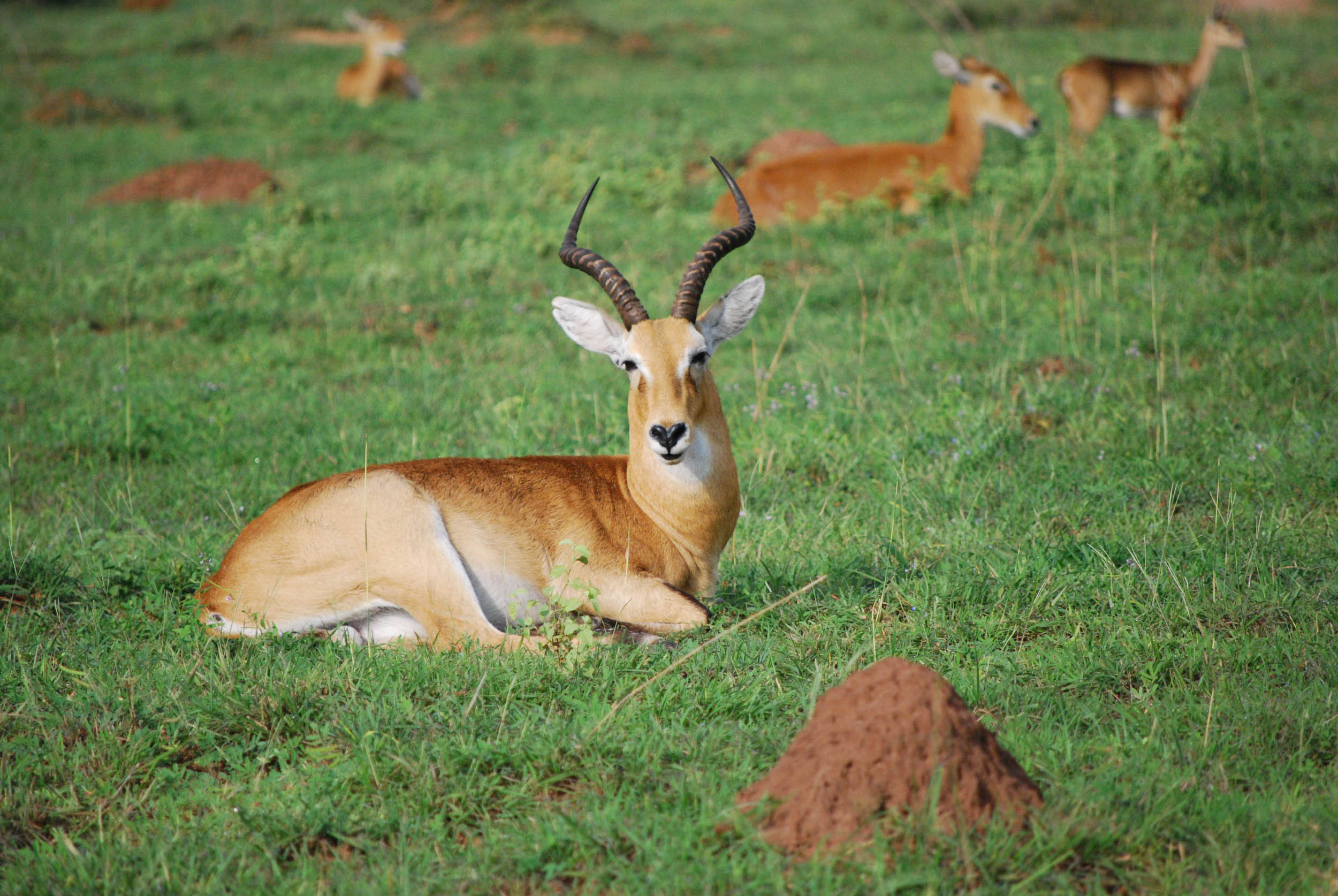
The principle of the hunt is interesting. If you cornered a Kob and stabbed it in the heart you claimed the prize, which involved the best parts of the animal. However the person who thrusts his spear into the animal next was a second claimant. After the two of you, the rest of the beast is carved judiciously.
There is a story told to us as youngsters about a greedy man who could not wait his turn when an Elephant was downed and how he lost his testicles. He had been watching representatives of families leave with their share. Unable to contain himself any longer he took a knife and plunged naked into the beast from one end. One the other end the carvers continued grabbing and slicing.
“ Its me who has hunted. And after killing the animal they want me to go. Where should I go” is a quote attributed to President Yoweri Museveni that has become a popular jibe at the dilemmas of sharing.
Yumbe district is one of the poorer Ugandan districts. The people here are mostly Lugbara and Nubians. One of its more famous sons is Gen. Ali Bamuze, who is the official head of the defunct Uganda National Rescue Front II and a relative of former MP Godi Akber who has been jailed for murder. Yumbe is Uganda’s only Muslim majority district. Ali Bamuze, a Muslim soldier and Joseph Kony a former Catholic shared camp in Sudan under the auspices of the Khartoum government. Indeed Joseph Kony as we have written before begun as a Comboni alter boy. The Comboni Missionaries are the catholic order that evangelized Northern Uganda.
This rich mosaic of religion, tribes and the hand of history has surprising twists and turns like the pounding of the hollow tree trunk, which is used to smash sorghum before it is ground. Every seed is affected as the heap is turned around and inside out by the pounding, sometimes to the singing and laughter of young women trading stories and gossip.
This year the Catholic Church of Northern Uganda celebrates its centenary. A hundred years ago the first missionaries entered Uganda via Sudan following the same path that Nubian Muslim soldiers later did to Islama-size Yumbe. The mainly Italian priests had actually been waiting for permission to enter Uganda from the British authorities whose base in Buganda (Central Uganda today) had been the beachhead of violent religious confrontation in the South. The man who eventually led the expedition was not Italian but German.
Bishop Franz Xavier Geyer is the founder of the Catholic Church in the north in fact according to the current Bishop of Arua Diocese Sabino Ocan Odoki who I recently interviewed in Kampala. He said the Mill Hill fathers had been resisting the advance of the Catholics down the Nile and had prevailed on the British to deny the Comboni’s permission. “ Permission which was later granted involved an American President” said Bishop Sabino. More of this later. After they received permission the Comboni’s first travelled down the Nile to around Packwach today in an area that is part of Murchison Falls National Park. However the plague of Tsetse flies drove them away. The new parish they built where centenary celebrations to mark the 100 years of the Church in the North is a place called Indriani (this in Madi means “Like a goat”) in the present district of Adjumani ( which translated means ” a spear for me”). The church of Indriani was later transferred to the higher altitude site of Moyo (pictured) where I too went for catechism.
As history would have it the site of Church was destroyed during the reign of the ultimate Nubian Muslim soldier, Idi Amin. The story of Indriani gets especially spicy with this year with the Church’s most unlikely relations. It so happens that in a small village bar in the Austrian town of Unteroberndorf called “ The Green Hunter” a study group led by Yoweri Kaguta Museveni met between 15-18 June ( 27 years ago this month) to draft a manifesto for running Uganda if they were successful in concluding a guerilla war against the government. The result was the National Resistance Movement Manifesto known as the 10-point program. The meeting was attended by the Harvard trained German political scientist, also a conservative Catholic Charlotte Teuber. Another character to feature prominently in Uganda-Austrian relations is the catholic priest Fr. Albert Byaruhanga (R.I.P). Byaruhanga till his death was a Presidential advisor to Yoweri Museveni embodying the continuing controversial relationship between the clergy and politics
However Austria has a longer indirect relationship with the history of the Church in Northern Uganda. “ Daniel Comboni would have been Austrian except that during the wars in Europe the part of Austria became Italy” said Bishop Sabino. Amongst the guests planned for the celebrations will be a strong Austrian Catholic Contingent. Amongst them will be members of the Uganda-Austria friendship society led by the ranking Bishop of the armed forces there. The celebrations will take place on December 14th 2012.
Finally the evangelization of northern Uganda may have been delayed if not for the intervention of Theodore Roosevelt, the American President. “ Roosevelt was an accomplished game hunter and was passing through South Sudan with a party of 500 people including several carrying his hunting trophies. The Comboni’s asked him to intervene with the British and allow them to cross into Uganda. He did so by sending a telegram to the British governor in Buganda” said Bishop Sabino. Theodere Roosevelt’s safari, which helped Ugandan Catholics, is chronicled in the book “African Game Trails”.

